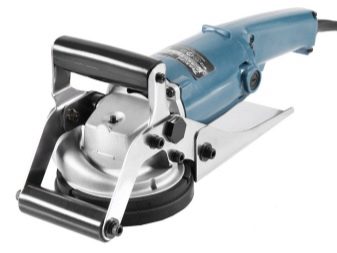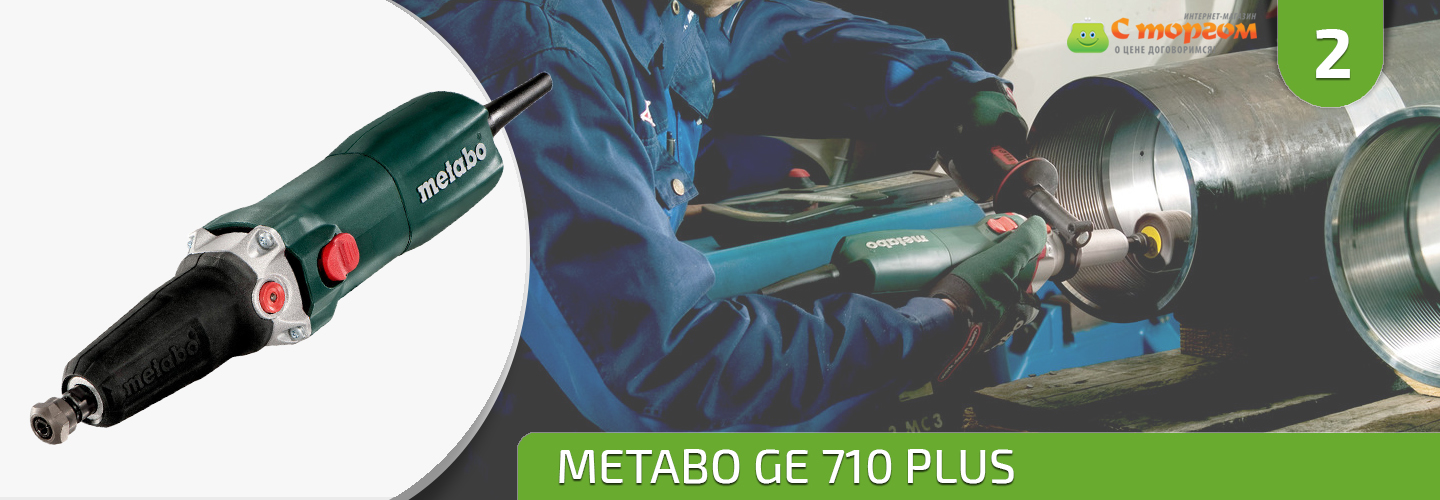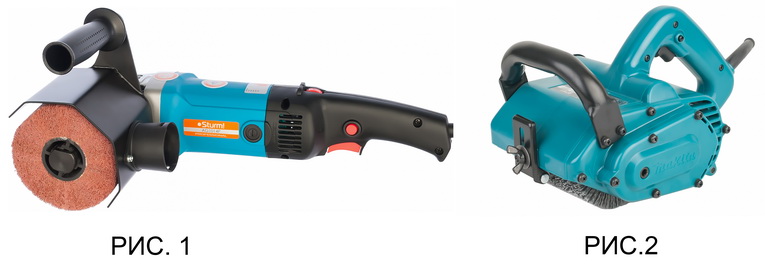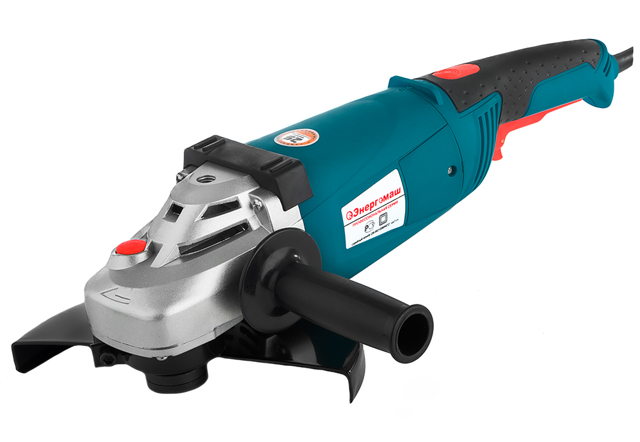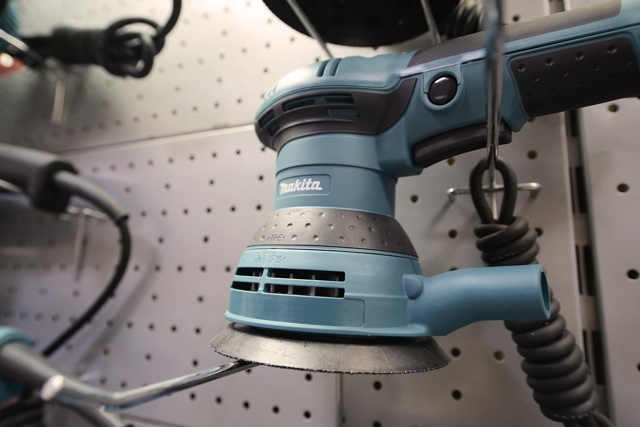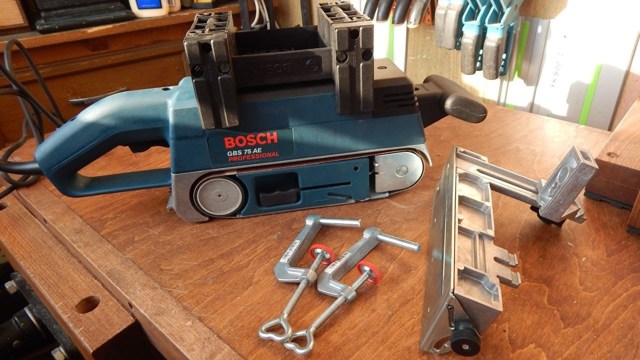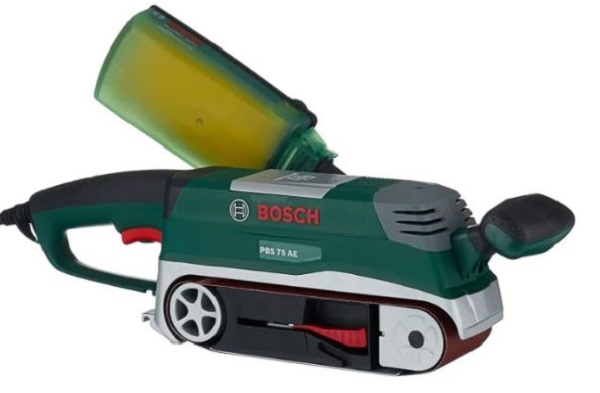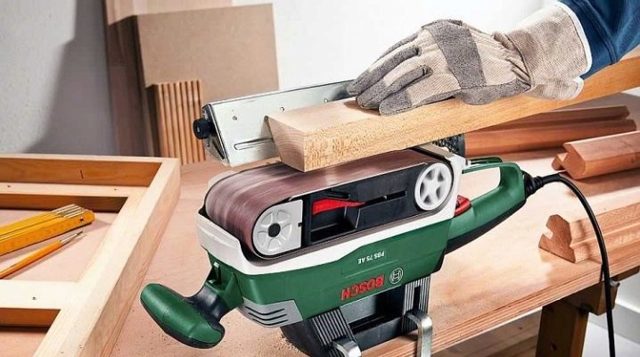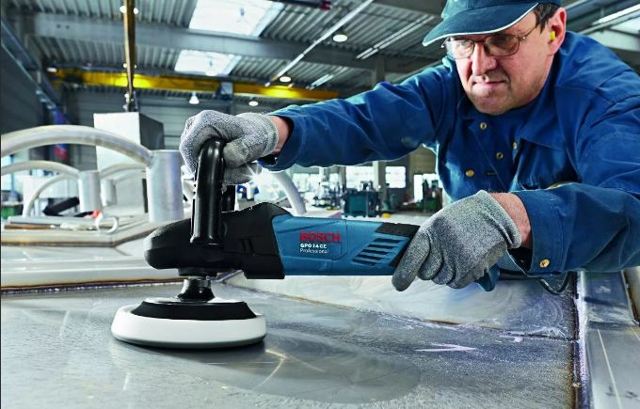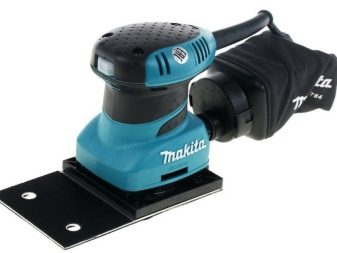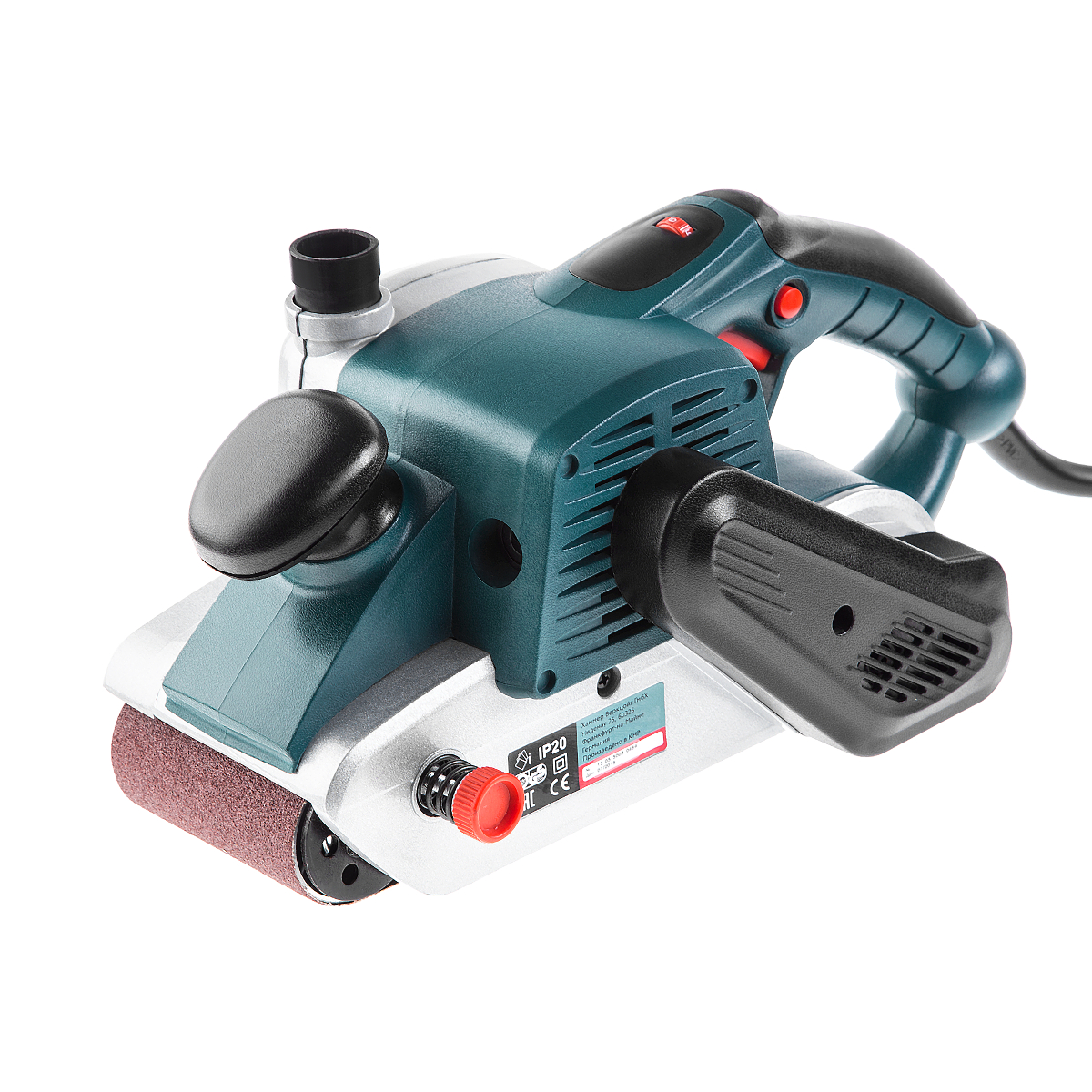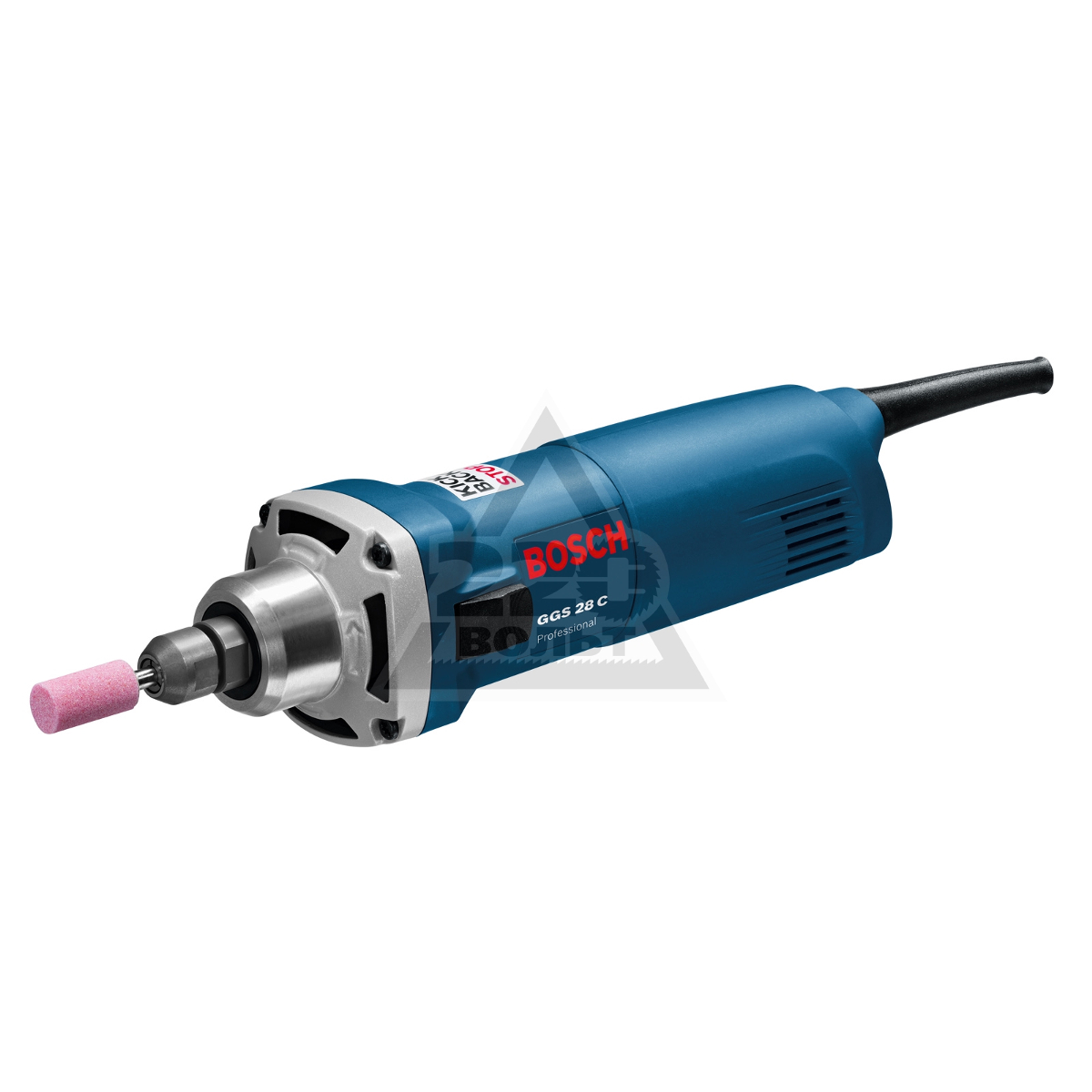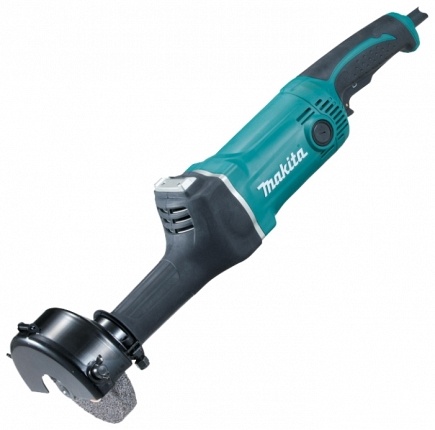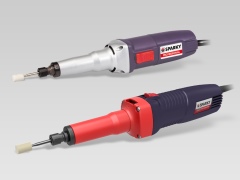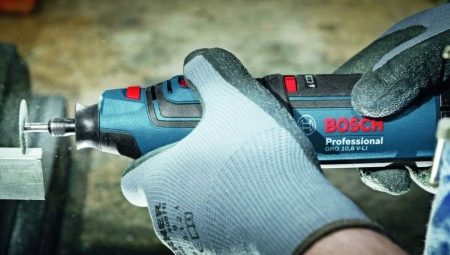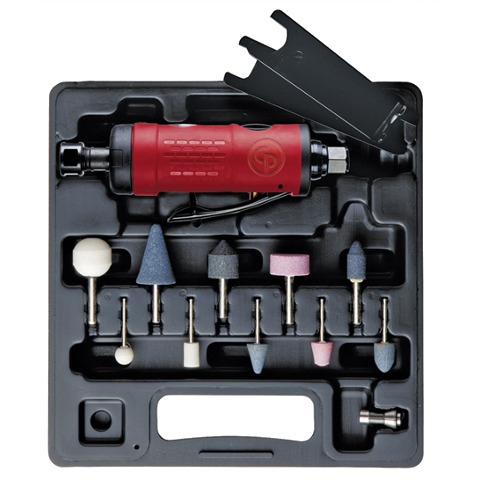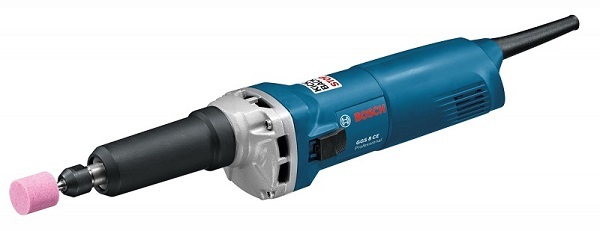What parameters are important when choosing a grinder
Scratch disk size
The diameter of the disc is the main indicator of the grinder's ability to perform certain operations. The larger the size of the cutting wheel, the more powerful and faster the grinder should be. The diameter of the hole in the circle (landing size) is standard: 22.2 mm.
For angle grinders, five standard types of discs are produced, differing in size:
- Disc with a diameter of 115 mm. Designed for cutting materials of small thickness, for processing (grinding, polishing) small surfaces. The maximum cutting depth is approx. 30 mm.
- Disc with a diameter of 125 mm. One of the most popular sizes for household use. The cutting depth is about 40 mm. A wide variety of attachments and accessories are produced for this size.
- Disc with a diameter of 150 mm. Most often it is used in installation work as an auxiliary tool. Common size for cutting metal and plastic pipes for plumbing and electrical work.
- Disc with a diameter of 180 mm. Semi-professional size. Assumes work in the "non-stop" mode. The cutting edge is 50 mm. It is widely used in repair and construction works.
- Disc diameter 230 mm. It is used in professional grinders with a power of up to 2.5 kW. It is practically not used for domestic needs - the devices are too bulky.
There are dozens of wheels on sale for various types of work
Angle grinder motor power
The more engine power, the more force the tool develops, the more dense materials it is able to cut. With increasing power, the weight of the device increases. The industry produces tools with motors from 0.5 to 3 kW. For home and summer cottages, it is recommended to choose angle grinder with engine power from 0.8 to 1.2 kW. The more powerful mechanism is more difficult to hold in your hands, it consumes more electricity during operation.
A professional tool is designed for long-term work, it has a higher service life. If large-scale construction is planned in the country, cutting steel bars, assembling formwork - you can use a tool with a motor up to 1.5 kW.
Disk rotation speed
In grinders, the rotation speed of the working shaft varies from 2.5 to 12 thousand revolutions per minute. The working range is in the range from 3000 to 6000 rpm. As a rule, the manufacturer sets the optimal rotation speed for his car depending on the motor power, and sets this parameter at the design stage.
High-end angle grinders are equipped with a working shaft speed regulator. This adjustment is especially relevant when changing discs frequently. For example, when a disc with a diameter of 230 mm rotates at a frequency of 10 thousand rpm, it will be very difficult to hold the tool in your hands.
Additional features
Additional features offered by the manufacturer will make working with the grinder convenient and safe:
- Smooth engine start. A very useful function - the disc spins up to working speed gently, without an “explosive” jerk at the start.
- Automatic disk balancing. Reduces vibration of the instrument in the hands. Particularly helpful when using an unevenly worn disc.
- Number of handles. For household grinders, as a rule, there are two threaded holes and one handle that can be rearranged. This is very convenient if you need to change your hand while working in order to get into a narrow place.
- Rotation speed regulation.The electronic circuitry maintains a constant speed of rotation of the motor shaft, regardless of the load on the disc. The work goes faster, the motor and gearbox will last longer.
- The presence of a dust protection system. An important function for concrete work - the gearbox and shaft are protected from the ingress of cement particles, increasing the service life of the tool.
- Possibility of connecting a construction vacuum cleaner. Along with personal protective equipment - respirator, goggles and gloves - it increases the comfort and safety of work. The workplace will remain clean.
- Locking the start button. For extended operating conditions such as grinding or polishing, the operator does not need to keep the button depressed in the operating position.
- Auto power off. If the light is turned off during operation, the machine cuts off the power to the tool so that it does not start itself when the power supply is restored.
A good grinder is packed in a case, supplied with a key and discs
General features
- Most modern grinders are equipped with a dust removal system: a construction vacuum cleaner is connected through a special branch pipe or there is a dust collection bag in the kit. This makes the work process cleaner, the tool itself is better controlled, and the consumption of abrasive tools is reduced.
- By the type of power supply, the machines are divided into network and battery. The advantages and disadvantages of cordless sanders are obvious - mobility and independence from the mains, but the operating time is limited by the battery charge.
It is interesting: A crusher for plastic - a scheme of work, do-it-yourself manufacturing, a device
Peculiarities
The sander is designed for processing various surfaces made of wood, metal, plastic and even glass. Depending on what type of machine your machine belongs to, you can make rough, finishing or finishing.
When it comes to rough processing, they mean getting rid of the surface of large holes and twigs. As a rule, this type of work is primarily carried out with wooden products, since by nature a tree cannot be perfectly smooth.
During rough processing, a large layer of wood is mercilessly removed, while the surface becomes only slightly smoother. Depressions, scratches, roughness remain on it, which require further procedures. For such processing, special machines with coarse abrasive discs or belts are used. The speed of such processing is usually high, so the grinder must be powerful.
Medium processing allows you to remove irregularities visible to the naked eye, bringing the appearance of materials closer to ideal. Again, this type of work is more often done with wood, but sometimes metal work also requires similar measures.
In this case, grinders are used with a large number of revolutions, but with an average power.
Medium depth cuts take longer than coarse ones, so it is important that the machine is able to run for a sufficiently long period.
It is worth noting that units with such characteristics are practically not represented on the market of household construction equipment, so either you have to buy a grinder for professional use, or prepare for the fact that the average processing will take several days, or even weeks.

Finishing or finishing is the most delicate moment in the whole work. It takes the most time and effort and requires extraordinary skill. Indeed, at this stage it is possible to nullify all the results of past works. Finishing is carried out immediately before painting, varnishing or other decorative work, before which the surface must be perfectly smooth. In the case of wood, it can also be pickling. At this stage, all roughness and irregularities are removed.
For the last work on processing, special polishing attachments are used, which bring the surface "to mind".Among other things, they are used for glass, renovation of paintwork on a car body.
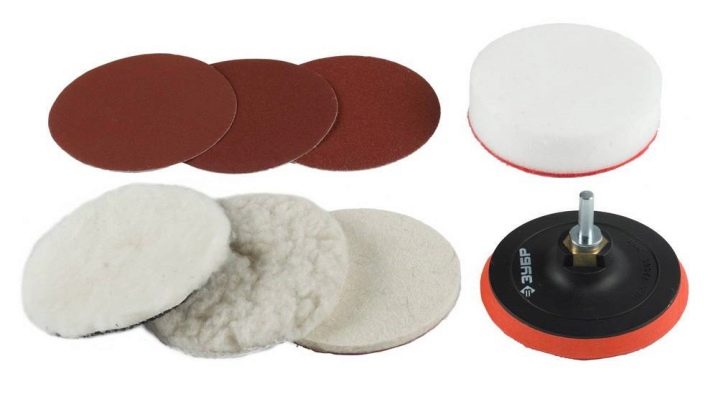
Types of equipment for the "grinder": rules for its use and selection
Angle grinders offer exceptional versatility with a wide range of accessories. The market for tooling is very large and can satisfy both the home craftsman and the professional. But even here there can be difficulties associated with the selection of the size of the equipment. As mentioned earlier, the most common sizes are 125 mm and 230 mm angle grinders.
You can buy equipment for such a tool at any hardware store. But with equipment for angle grinders of 150 mm and 180 mm, problems may arise, since this type of tool is not very common. All manufactured tooling is designed for cutting or grinding a certain type of material or materials and is not allowed to be used on other materials.
This is the first thing you should pay attention to when choosing it.
The selection of equipment is carried out taking into account the nature of the work performed and the parameters of the angle grinder. It is not allowed to use equipment, the diameter of which exceeds the maximum allowable circle diameter for this model of angle grinder.
The nomenclature of the equipment includes the following items.
Cut-off wheels
Designed for cutting various materials. When using this type of equipment, the angle between the tool and the work surface should be strictly observed. Cutting discs are used only for well-fixed parts. They are abrasive and diamond.
Abrasive cutting discs.
Most often, such circles are used for cutting metal, stone and concrete. The specification of such circles is noted on their label and indicated by letters and numbers, for example: A 24 S, where:
- The first letter "A" means the material of the grain from which the circle is made. A - corundum, AS - electrocorundum, C - silicon carbite (used in circles intended for cutting concrete).
- The number, in this case "24", indicates the grain fraction and denotes the specialization of the circle. For steel, this indicator will be larger, and for non-ferrous metals, it will be smaller.
- The last letter "S" indicates the hardness of the bond. The closer the letter is to the end of the alphabet, the higher the bond hardness.
All these parameters must be selected for the processed material. Otherwise, the disc may either burn or grind off too quickly. The main rule is that the harder the material to be processed, the softer the bond should be.
Diamond cutting discs.
Diamond cutting discs of various types are highly specialized and are designed to be used only for working with certain materials:
- Type "concrete" for cutting all its types, including for reinforced concrete products.
- The "asphalt" type is intended for materials with a significant abrasive content.
- The "building material" type is used for processing ceramic or sand-lime bricks.
- The "granite" type is used for working on superhard building materials.
By the type of cutting edge, they are divided into segment, solid and "turbo":
Segmental
Solid
Turbo
Grinding wheels
Grinding discs.
Cup-type grinding wheels.
Flap end grinding wheel.
Flap disc.

